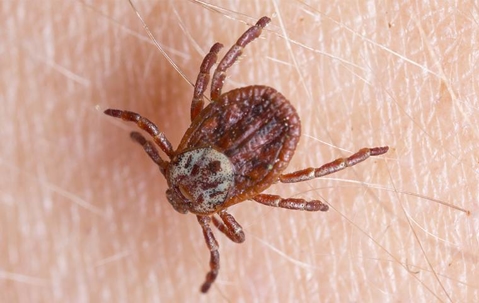There's nothing quite as exhilarating as a hike on a sunny day. But, no matter how much you have a spirit for adventure, you probably don't like the risk of running into a tick. Even as you enjoy your own backyard, you could be the next victim of this dangerous parasite. Find out what you should do when you experience a tick bite in Richmond.
Why Your Reaction Matters
If you're bit by a mosquito or ant, there's not much you can do to change the outcome. Regardless of the type of cream you put on the bite, you'll probably experience itching and discomfort. And although a mosquito bite comes with the risk of a disease, there's not much you can do other than monitor for symptoms.
With a tick bite, you need to be more proactive. There are several ticks in Richmond, and they all can burrow into your skin. One of the least dangerous ticks is the brown dog tick because it's not known to carry diseases. However, the lone star tick and American dog tick both have the ability to transmit Rocky Mountain Spotted Fever.
Meanwhile, the deer tick is known to spread Lyme disease. Any tick that digs into your skin needs to be safely removed, or you could develop an infection. If you don't react quickly and properly to a tick bite, your health could be in danger.
What Steps Should You Take When A Tick Bites You
As soon as you notice a tick on you, try to remove it. If you're lucky, the tick won't be buried in your skin. In this case, you can pull it off you and flush it down the toilet bowl. Don't drop it on the floor or try to crush it because the tick could survive and bite you.
If the tick has already bitten you, proceed with caution. You need to remove the entire tick, which requires you to use tweezers and have a gentle touch. As you pull the tick out, avoid jerking or twisting the tweezers and do not puncture the body of the tick.
Once you remove the tick, flush it down the toilet bowl. If you notice the site of the bite becoming red or irritated, call a doctor. You may also want to check yourself for more ticks and look for ticks on your children.
Watch For Symptoms Of Disease
Removing the tick isn't the only step you should take. After the tick is gone, keep an eye out for symptoms of illness. Rocky Mountain Spotted Fever can spread after a tick has been attached for at least four hours. The symptoms are usually a headache, fever, aches, and vomiting. For some, the symptoms are flu-like and appear two to 12 days after the tick bite.
This disease can also result in a rash on your wrists and ankles. Eventually, it may spread to your wrists and ankles. Fortunately, a doctor can treat Rocky Mountain Spotted Fever with antibiotics.
The symptoms of Lyme disease are different. Typically, this disease starts with a rash that resembles a bulls-eye. It tends to be at least two inches in and has a clear center around the tick bite. With Lyme disease, you develop flu-like symptoms. Consult with a doctor if you suspect any tick-borne disease.
Working With An Expert
There's no way to guarantee do-it-yourself (DIY) efforts will work on tick prevention. However, you don't need to handle ticks alone. If you want the best results, you should work with an experienced professional. Here at Go-Forth Home Services, we can safely treat your property for ticks. Our experts have the training and tools needed to keep you safe. Call now to learn more.

